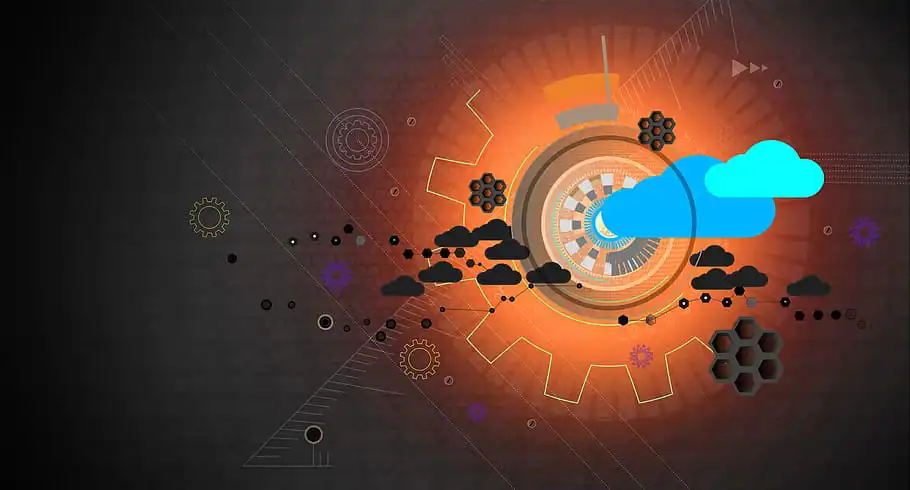Marijuana has been increasingly accepted in many societies today, especially for medicinal and recreational purposes. However, a recent study led by the Johns Hopkins University argued that the psychoactive drug might significantly influence brain development in adolescents. Primarily, the researchers focused on how marijuana changes the way immune cells, otherwise known as microglia, function in the brain.
Previously, the general assumption was that the subtle changes in cognitive function and the structural brain differences seen in adolescents using marijuana pointed to changes in neurons. Neurons, which are specialized for transmitting information throughout the body, were thought to bear the brunt of the influence of substances such as marijuana. However, the new study seems to imply a departure from this traditional line of thinking.
The team at Johns Hopkins found that, in fact, microglia could play a significant role in the mix. According to the researchers, these immune system cells present in the brain carry out several critical functions. For instance, they help remove unwanted debris, manage inflammation, and provide support to neurons. But when it comes to their interaction with marijuana, there are more questions than answers.

According to the study, when these microglia sense a foreign substance like THC, the main psychoactive component in marijuana, they may respond in unforeseen ways. There is a possibility that microglia could be over-activated, leading to inflammation and potential damage to brain cells. If this happens repeatedly with regular use of marijuana, it can impact brain development in adolescents.
While the researchers were cautious not to overstate these findings, they strongly believe that such an occurrence definitely warrants further study. It is an insight that moves away from the traditional neuron-centric view of marijuana’s impact on brain health and instead shifts attention towards other critical cells in the brain – like microglia.
Marijuana use, particularly among adolescents, continues to be a topic of debate among medical professionals and policy makers alike. While adults may experience certain benefits from marijuana use, such as pain relief or anxiety reduction, the same effects may not apply to adolescents. This discrepancy is primarily due to the different development stages that the human brain undergoes throughout a person's life.
Adolescence is a period characterized by significant changes in brain development. Marijuana use during this time could potentially disrupt normal brain development, leading to long-term cognitive effects. It becomes even more critical to scrutinize how substances like marijuana can affect the brain when it's still developing - specifically, how it impacts vital cells like neurons and microglia.
Despite these findings, it is important to note that there are still many unknown factors at play. Not all results from this study can be translated directly to humans, mainly because the experiment involved mice, not people. This, however, doesn't detract from the overall significance of the study. If anything, it reinforces the need for more research in this area.
The Hopkins study isn't the first to examine marijuana's effect on the adolescent brain, but it is unique in how it approaches the topic. Rather than focusing solely on neurons, as many previous studies have done, the Hopkins team placed the spotlight on a much-ignored aspect: the microglia. Today’s discourse on the impact of marijuana on brain health is changing, and this study is proof of that.
Further studies are still required to understand the full extent of marijuana's impact on brain development. Yet, it's clear that the debate about marijuana's effects—both beneficial and harmful—is far from over. Until a comprehensive conclusion can be drawn, the least we can do is stay informed and maintain a thoughtful, balanced perspective on marijuana use, especially among adolescents.
Although the word on marijuana's total effect is still out, the role of microglia can't be ignored in this discourse. As the study found, the relationship between these immune cells and marijuana could be a key element in understanding the drug's impact on the adolescent brain. This newfound knowledge, while needing more research, adds a new layer to our understanding of marijuana.
These findings should prompt society to take a deeper look into the effects marijuana can have, particularly on adolescents. This is especially crucial in an age where marijuana legalisation is on the rise. It is of utmost importance that we understand the full extent of marijuana's possible impacts before deciding on issues of policy and legislation regarding this drug.
As a concluding note, the researchers behind the study remain hopeful. They believe their work could contribute to a deeper understanding of various psychopathologies that develop from adolescence to adulthood. As we gain more knowledge on the subject, we will move closer to a comprehensive understanding of marijuana's effects on the human brain.
In the future, this study and its findings could also influence how we approach drug education and prevention strategies, particularly for youth. As we learn more about marijuana's impacts, having a broader knowledge base will allow us to create a more effective approach in educating the youth about potential risks of marijuana use.
Like any scientific research, the Hopkins study has stirred up more questions than it has answered. Yet, this only underscores the need for further research. Nevertheless, the research team remains undeterred, highlighted by their belief in the importance of comprehending the many ways in which marijuana can affect brain development.
Ultimately, this groundbreaking study serves as a stepping-stone towards a comprehensive understanding of marijuana's influence on the human brain. While the questions are many, the quest for answers promises to elucidate the mysteries surrounding the effects of marijuana on adolescent brain development and health.